Coxing: Take Control on Land
Before you even get in a boat and have to worry about steering, motivating, and zeroing on technique that needs to be fine-tuned, you need to get the boat to the dock. The exact sequence of commands will be different for each coxswain depending on your boat racks, your boathouse, and the path you need to take to get to the dock. In general, there are a couple of basic things about commands that every coxswain needs to know and implement:
Avoid long, rambling statements about what you want/need to happen.
"Let's grab the gunnels and then we're going to pick up the boat – be careful! – and take it off the racks without hitting anything – 3-seat I said HANDS ON! ..." You've lost everyone's attention and have to start all over again.
Prepare and command the rowers.
Coxswains need to tell the rowers what do and when to do it so no one gets hurt and expensive boats don't get dropped. Speak loudly and clearly so everyone can hear you down the entire length of the boat. Find and turn on your Outside Voice. Choose concise, assertive (not bossy) language that leaves no doubt that you are in charge and know what you want/need.
Step #1: Prepare the rowers: "Ready – [whatever the move is]." For example: "Ready – Hands on." "Ready to go up and out of the rack." "Ready to go to shoulders," etc. This is a preparatory statement so rowers know that you need their attention and they should get ready for an up-coming action.
Step #2: Command the rowers: " – and up!" " – and split!" Always allow for a second or two pause between the preparatory statement and the command. Prepare: "Up and over heads" (pause, make sure all rowers have hands on both gunnels to lift) Command: "and up!"
Keep your head on a swivel.
Super! The rowers have paid attention to you and your commands, and are now carrying the boat to the dock, to slings, to the trailer. Now is not the time to start chitchatting with 5 seat about the yoga class you go to on Sundays, or that thing about the thing you read about on Facebook. Stay focused, and keep your eyes and ears busy. Look and listen for other boats on the move, people and coaches milling around, or vehicles if you're in a parking lot. Be ready if you have to tell your crew to "weigh enough," or give a "heads up!" to someone else that's too close for comfort.
Be helpful on the dock.
You've made it from the boathouse or trailer to the dock and the boat has to get in the water.
Stand at the stern of the boat with a hand on the hull. When you call "Toes to the edge. Ready to roll – and down," help the rowers push the boat out over the water to ensure the rudder and skeg don't hit the dock. A broken skeg before practice even starts is just plain lousy.
While rowers are getting oars, opening oars locks and adjusting foot stretchers, make sure your bow and stern lights are on (before sunrise, at/near sunset). If your club uses marine radios to communicate, do a radio check with your coach before shoving off.
There are other tasks for coxswains, like checking that cox boxes are charged, and having a toolkit and soundmaker on board. Each club will have different requirements, so check with your coach before you head out for practice.
Once you shove off, work hard and have fun!

